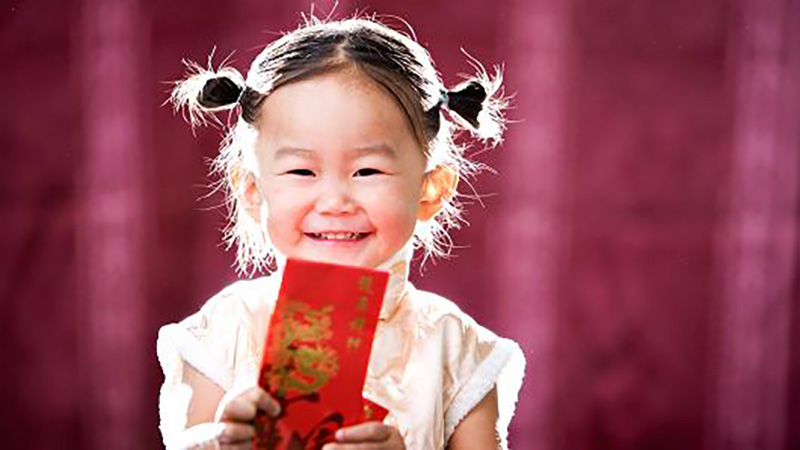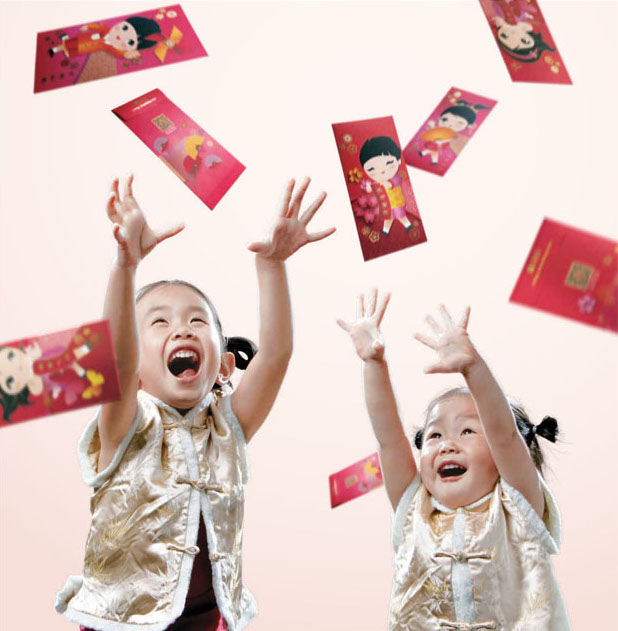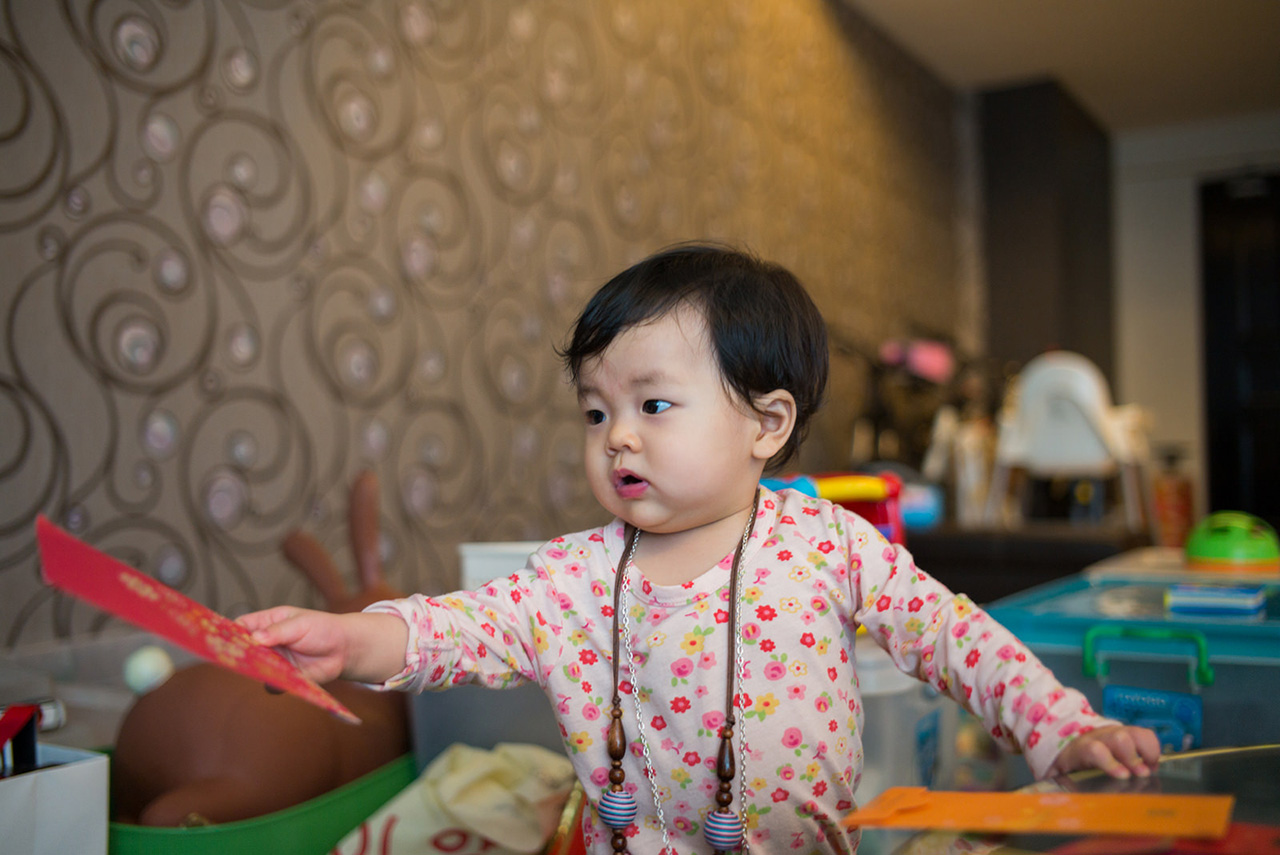Once in primary school, a classmate shared with us how much money she had received in ang baos (red packets) for Chinese New Year.
She had collected more than 30 of them, bringing the total haul to a high three-digit figure, which she said was going towards a new Gameboy console. Cue collective gasps all round.
For a nine-year-old in the late ’90s, that was the equivalent of striking lottery.
Whether it was because of genuine curiosity or a need to brag, the conversation then started to go round the table. Everyone found themselves obliged to share their own ang bao haul.
“But each one got $100 right? Still not that bad!” someone chimed in.
I corrected him and told the truth about the contents of my ang baos – they were mostly eights and tens. My CNY haul turned out to be the smallest amongst the group.
His immediate reply has stuck with me till this day: “Your family so poor ah?”

The reality was that my family had actually stopped doing CNY visiting a long time ago, which meant that my pool of ang bao contributors had shrunk considerably.
So in wanting to keep up with my friends and not have to embarrass myself in the canteen the following year, I went home that day and demanded that my mum reinstate festive duties for the next CNY. All I wanted was for my ang bao haul to not be short-changed.
Needless to say, I learnt the hard way that there was no such thing as entitlement to “free” money. It might have been a scolding, a slap, or both.

In truth, that little sharing session in the canteen might have sounded innocent, but I wonder how many of my friends actually lied to keep up appearances, and to not feel humiliated under that kind of social pressure.
At nine years old, your concept of wealth and finances is still very much limited to your daily pocket money for canteen breaks. It’s probably also the same for almost everyone, just a dollar or two that will suffice for a bowl of noodles and a drink.
So CNY ang baos are to Singaporean children what Christmas presents are to kids in the West – an expectation of familial love where bigger is always deemed better.
Your ang bao so small? Ha, loser, your parents don’t love you!

Rather, I’d prefer to lay the blame on those who choose to insert excessively large amounts into their ang baos. After all, what kind of values are you hoping to instil in a nine-year-old with a gift of $200?
It’s okay if you’re feeling generous, but generosity is also about paying it forward. If you don’t specifically instruct a child what to do with a monetary gift this stupendous, then he or she will continue to believe that money grows on trees and that Santa exists.
So perhaps we should really start giving out $8 ang baos instead – no more no less, keeping it purely symbolic, as many of us will argue it should be.
And to those who engage in covert family politics, please don’t drag children into your sick little game of adult one-upmanship by flaunting your wealth through suspiciously magnanimous ang pow endowments.

I said I could buy myself toys, but my mum disagreed and said those should only be a reward for my academic excellence in school. Accordingly, she would save the money for me instead. Not wanting another slap, I quietly agreed, though I still secretly questioned if she really did put my money aside or used it for her own purchases.
It was only when I received my first ATM card in secondary school that I appreciated what my mum had done for me. I inserted my card into the machine to check my balance and was surprised to see a healthy sum.
12 years of ang bao money, tucked away in my bank account, and then some.






